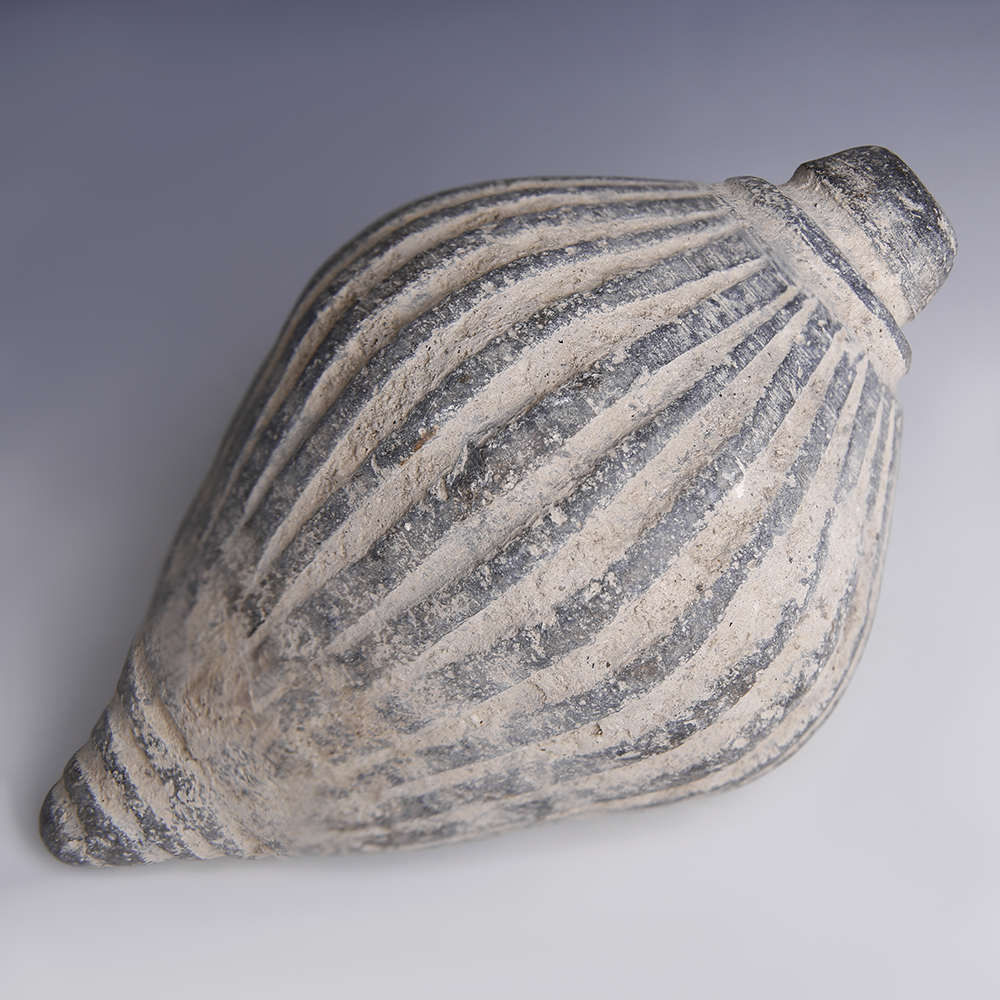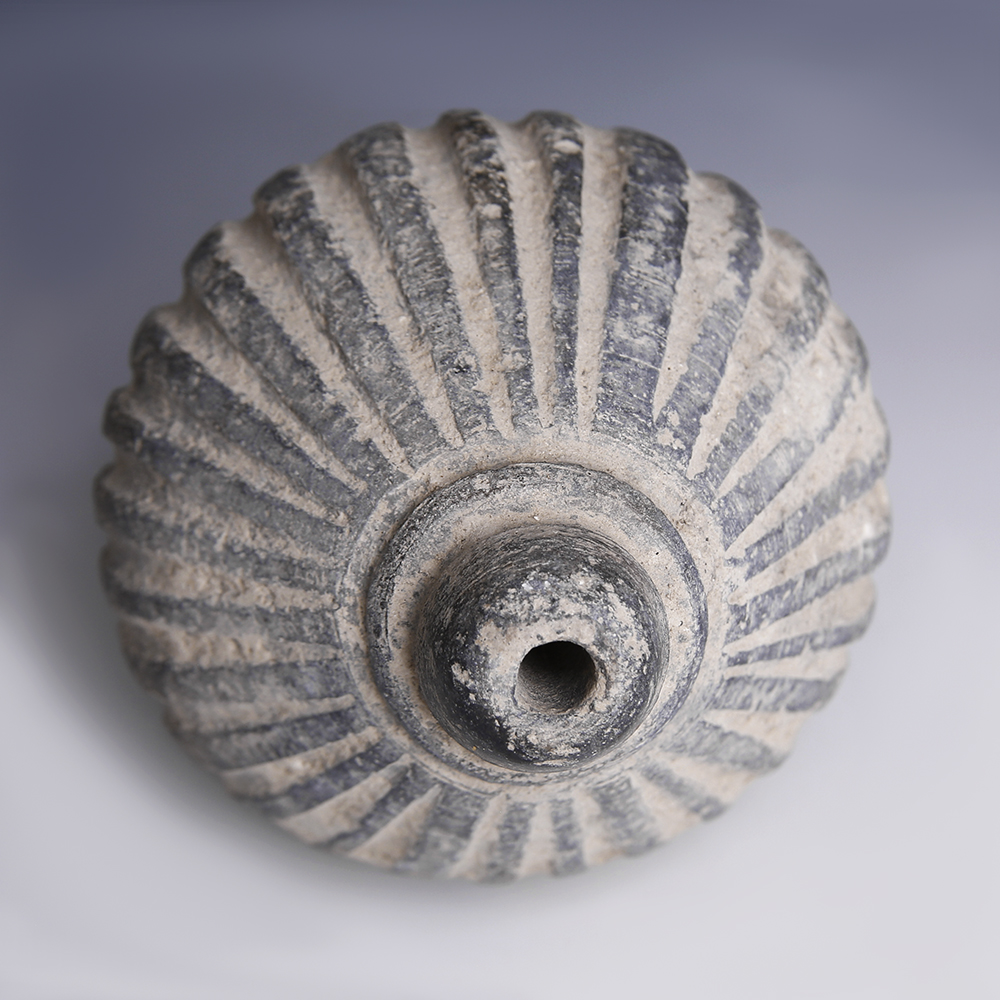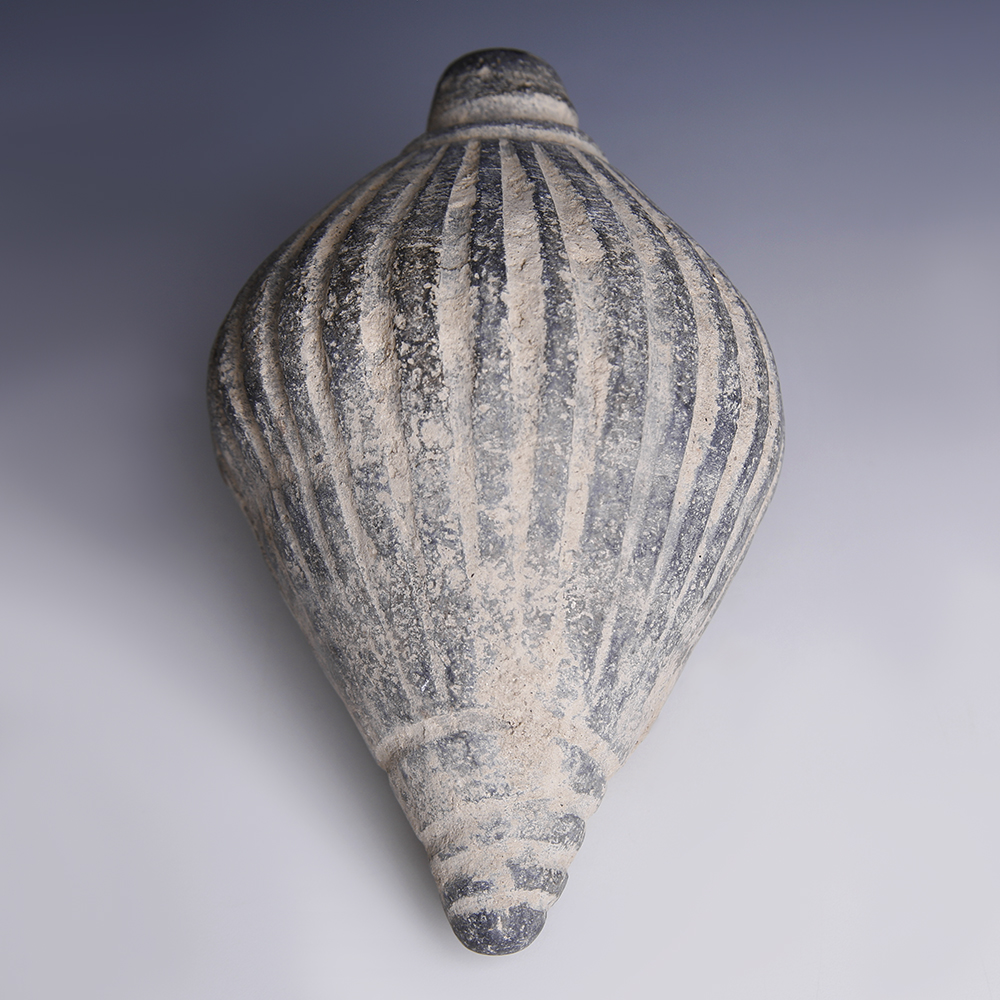Greek Fire, also referred to as liquid fire (ὑγρόν πῦρ, hygron pyr), was one of the most famous weapons of the Byzantine arsenal and its use played a crucial role in the defence of the Empire, ensuring its long survival. The formula for the flammable mixture was closely guarded for centuries and irredeemably lost after the collapse of the Empire. Its precise composition thus remains unknown to this day, though research suggests that petroleum was a vital ingredient making the liquid impervious to water. Greek fire was first used at sea where it was particularly effective against wooden ships; it was later delivered via clay grenades, either by hand or by launching with a catapult.
To find out more about Byzantine hand grenades please see our relevant blog post: Byzantine Fire Grenades


